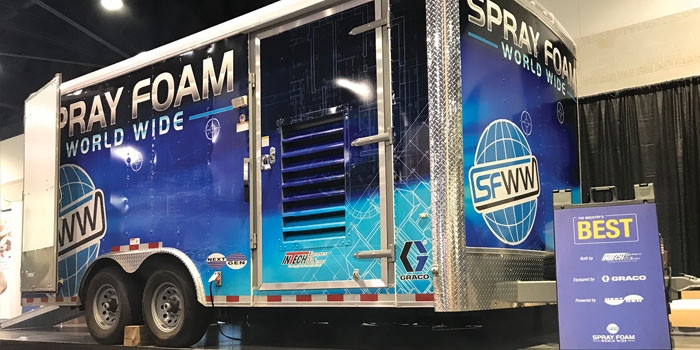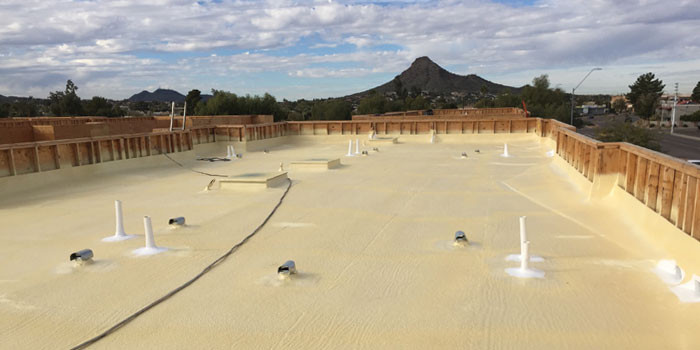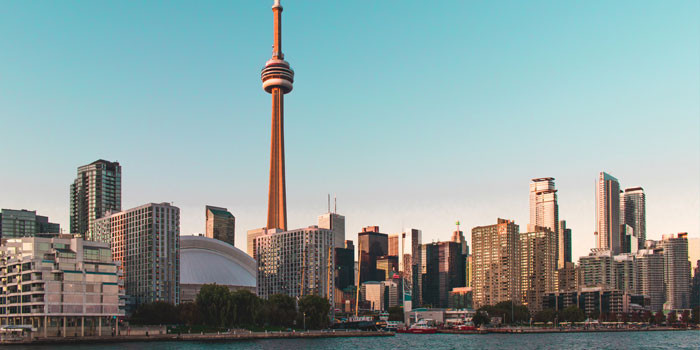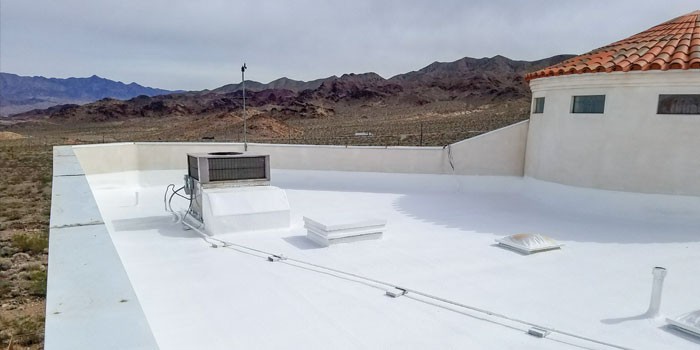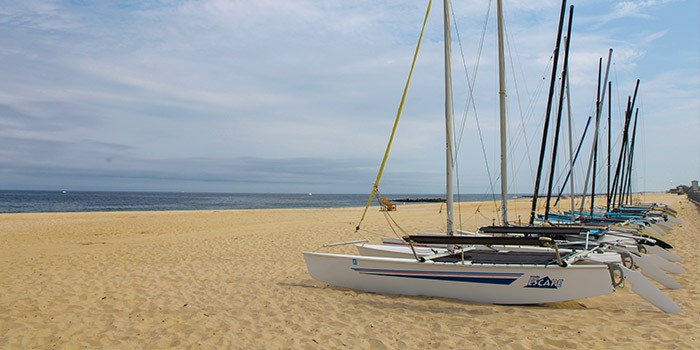Paradise: Inside & Out
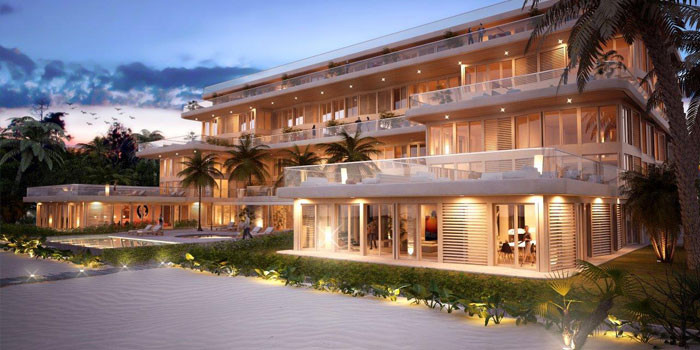

SPRING 2019 – Taking residence in the Cayman Islands has become increasingly popular in recent years for many expats—and what’s not to like? Tropical island charm, white sandy beaches, and crystal-clear water reminiscent of blissful scenes depicted in films like Into The Blue and The Firm—and yes, no income or corporation tax—surely brings a powerful allure seldom found elsewhere. Even for those who do not look to live in the Cayman Islands full-time, this British colony of the western region of the Caribbean Sea provides a less dense, less worrisome opportunity for those who actively pursue the dreamy island destination. Therefore, real estate in the Cayman Islands is highly coveted.
As such, builders have found themselves working at a constant pace to develop residences that fill the demand that such an allure creates. But the big idea behind development is to produce homes that are conducive to the pleasurable way of life that is inherent of the Cayman Islands and that means including top-of-the-line materials like spray polyurethane foam in their scope of work. Arlington Bennett, owner of Bay Islands Spray Foam, recognized the advantages of becoming a trusted name in the SPF game in the Cayman Islands and began installing foam back in 2004. Now, Bennett and his now established contracting company, is one of the go-to Icynene-Lapolla SPF applicators in the Cayman Islands and Honduras.
“It is no secret that people want to live comfortably with their A/C on way low to offset the year-round island heat without concern of their bills being too high and sound deadening to not disturb any of their neighbors,” notes Bennett. “Spray foam gives them that.”
Recently, Bennett and his team were tasked with the insulation project of TIDES South Sound, a newly constructed residential building comprised of 24 state-of-the-art units facing the Caribbean Sea in South Sound, Grand Cayman for which open-cell and closed-cell spray polyurethane foam was specified.
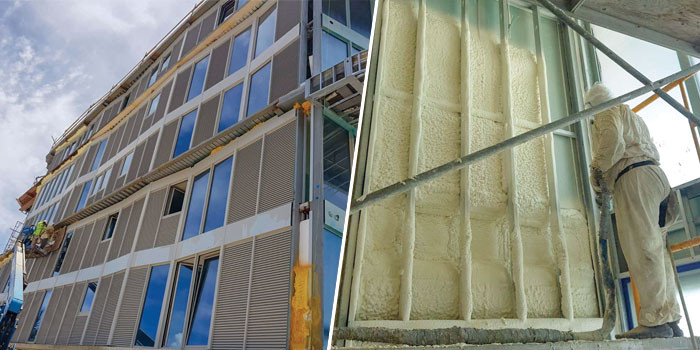
Left: The Bay Island installation team applied closed-cell SPF to the exterior wall of the building for structural rigidity; Right: For the interior application, open-cell foam was used in the ceilings and walls to seal the building envelope and provide sound deadening throughout the entire building.
“The builder [NCB Builders] is committed to providing energy efficiency and integrating renewable energy sources into their new construction; they wanted to utilize spray foam because it would provide structural strength and sound reduction,” says Bennett. “Spray foam’s air-sealing capability protects the home from salt and moisture damage derived from the building’s proximity to the beach. For the owner or resident, this is a huge plus.”
Another benefit of applying SPF in this building, Bennett explained, was the considerable heat reduction between units.
Prior to applying the SPF, the three-man Bay Islands crew on the job was careful to prep the are by masking off all the door and window openings with plastic sheeting prior to suiting up in Tyveks, Bullard full-face respirators and gloves to install the foam safely. Then, they fired up their Graco Reactor H4O proportioner and, equipped with a Graco GAP Pro air-purge spray gun, the installer did the rest.
For the exterior wall application, the Bay Islands installer applied two inches of Icynene-Lapolla’s ProSeal, a 2 lb. closed-cell SPF, which promoted structural rigidity. For the ceiling application between floors, the crew put down six inches of Icynene-Lapolla’s Classic Plus, a 0.5 lb. open-cell product, to seal the building envelope and provide sound deadening throughout the entire building. Now, with the foam in place, Bennett and his team agree that, although they can’t guarantee that, at some point, the residents of TIDES won’t be uncomfortable to some level, they can guarantee that the cause of said discomfort will not be indoor climate.
SPF was not the only green material used through the development of TIDES. Although the building has not yet been fully completed, NCB Builders outlined in the TIDES website that they are including energy-efficient light fixtures. They have also included Geothermal cooling in all the units and the common areas of the building will be powered through solar power.
Bennett noted that the installation went smoothly and that it was an honor to contribute to a project that involves modern design coupled with sustainable building.
“Living by a beautiful beach is a dream already,” says Bennett. “But if you incorporate the right materials in the home that you go back to when the sun sets, that lifestyle can be even better.”
Disqus website name not provided.



